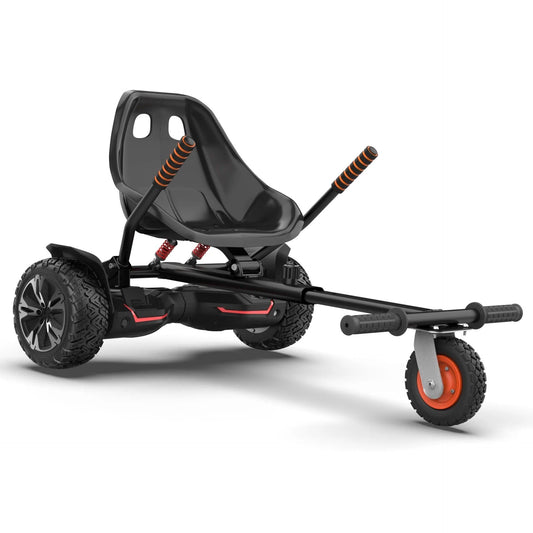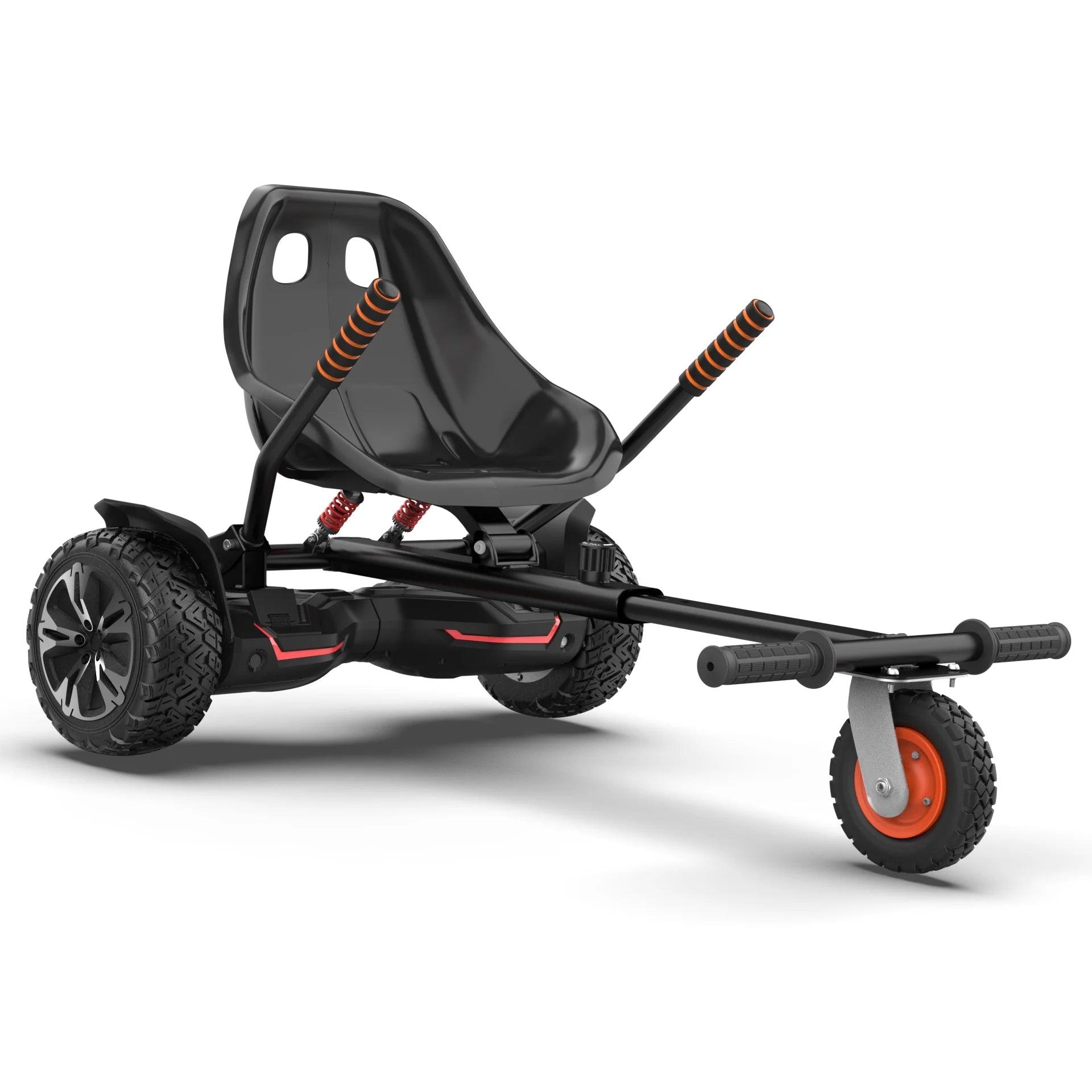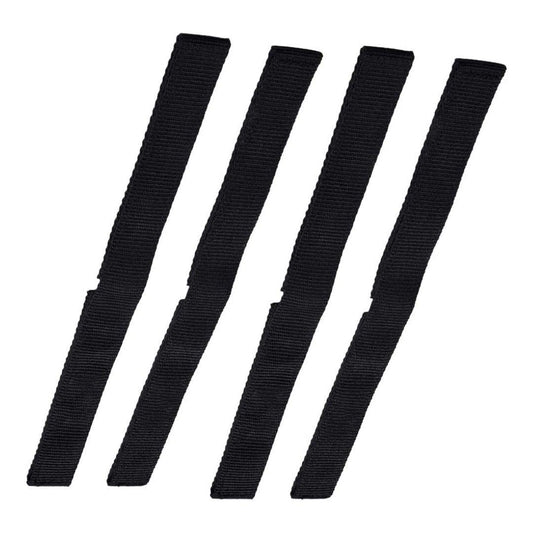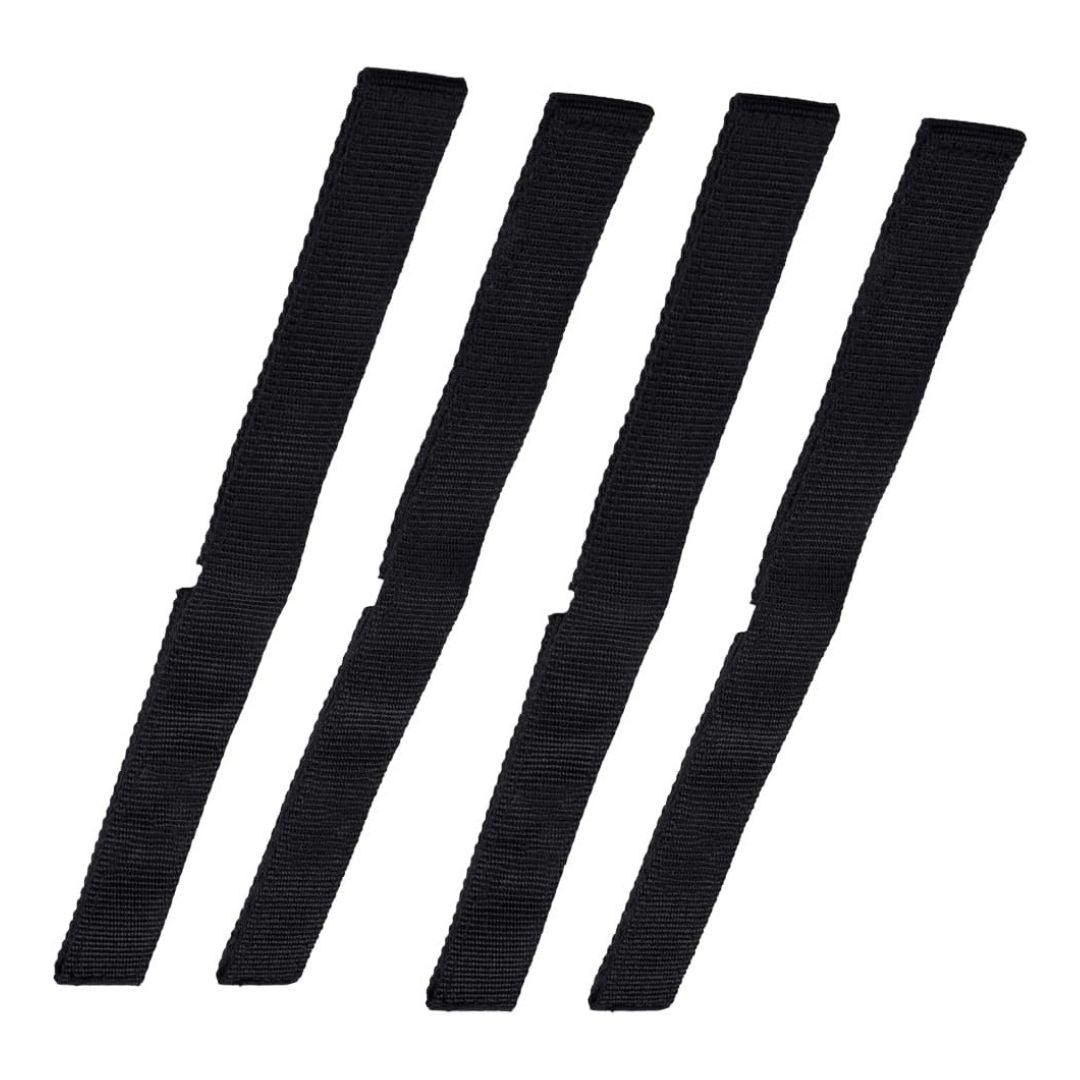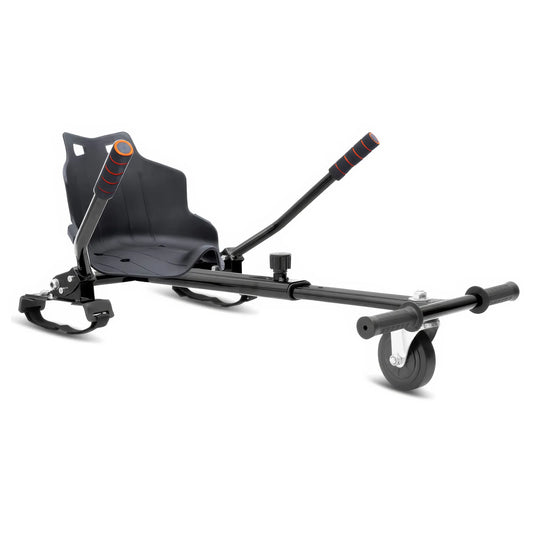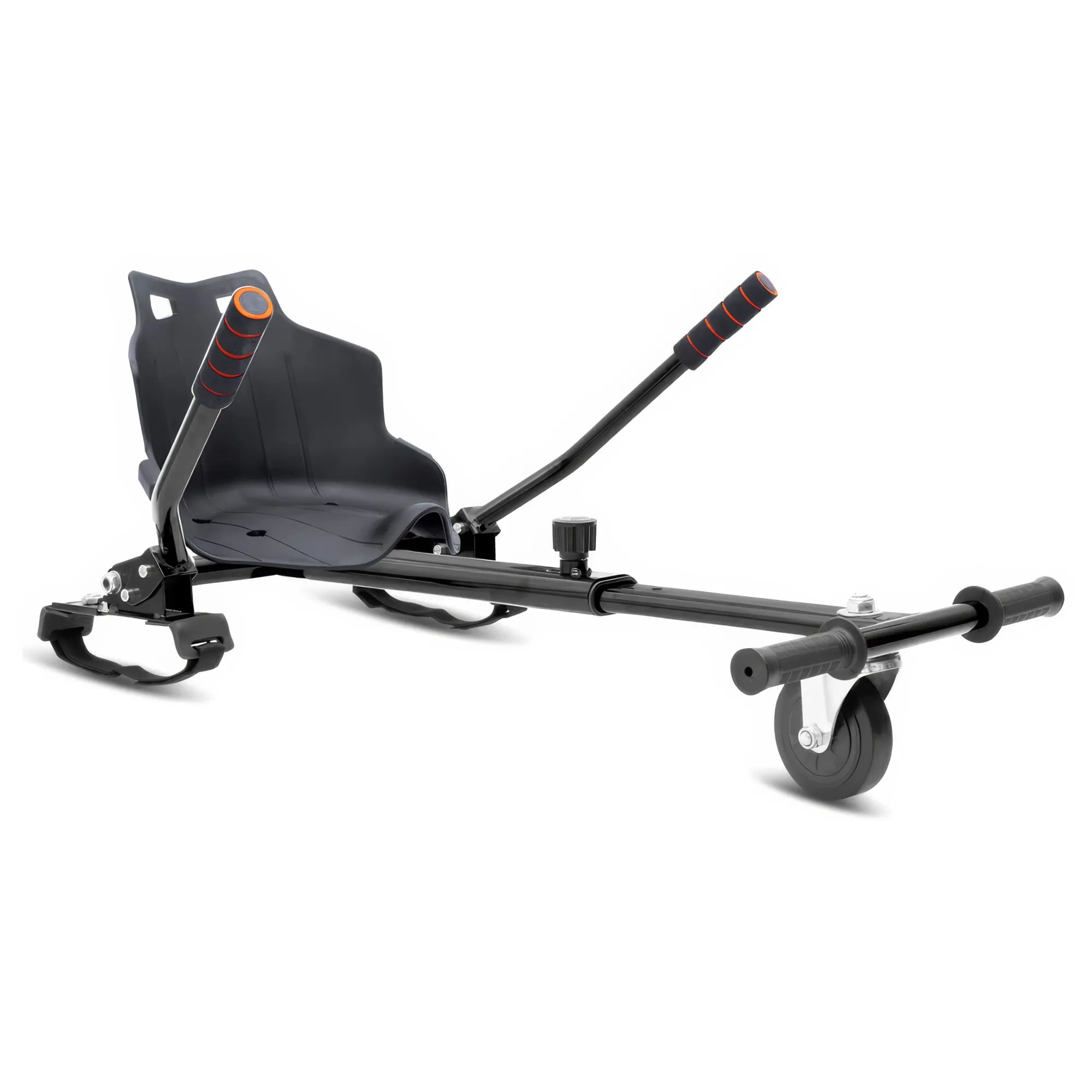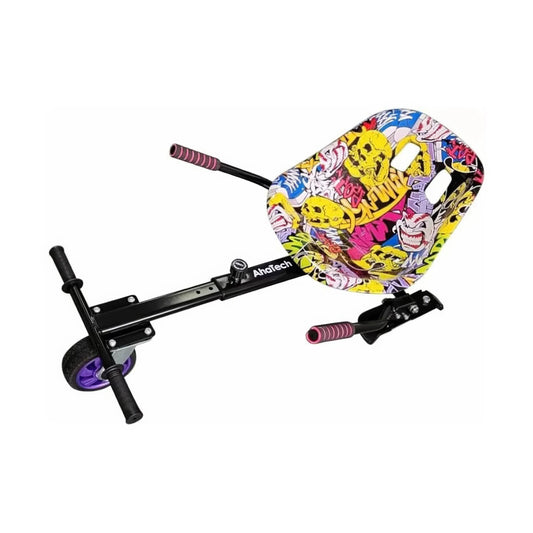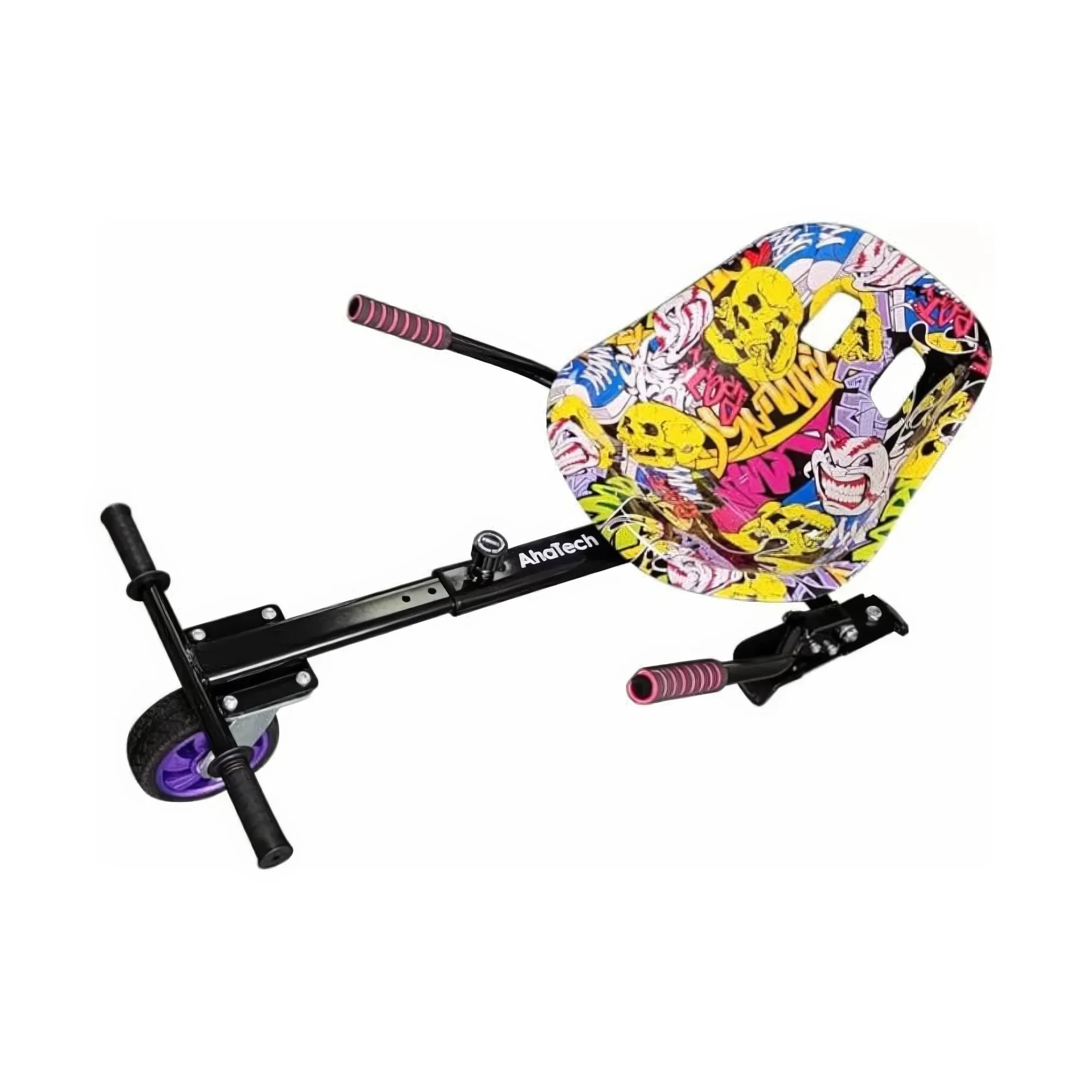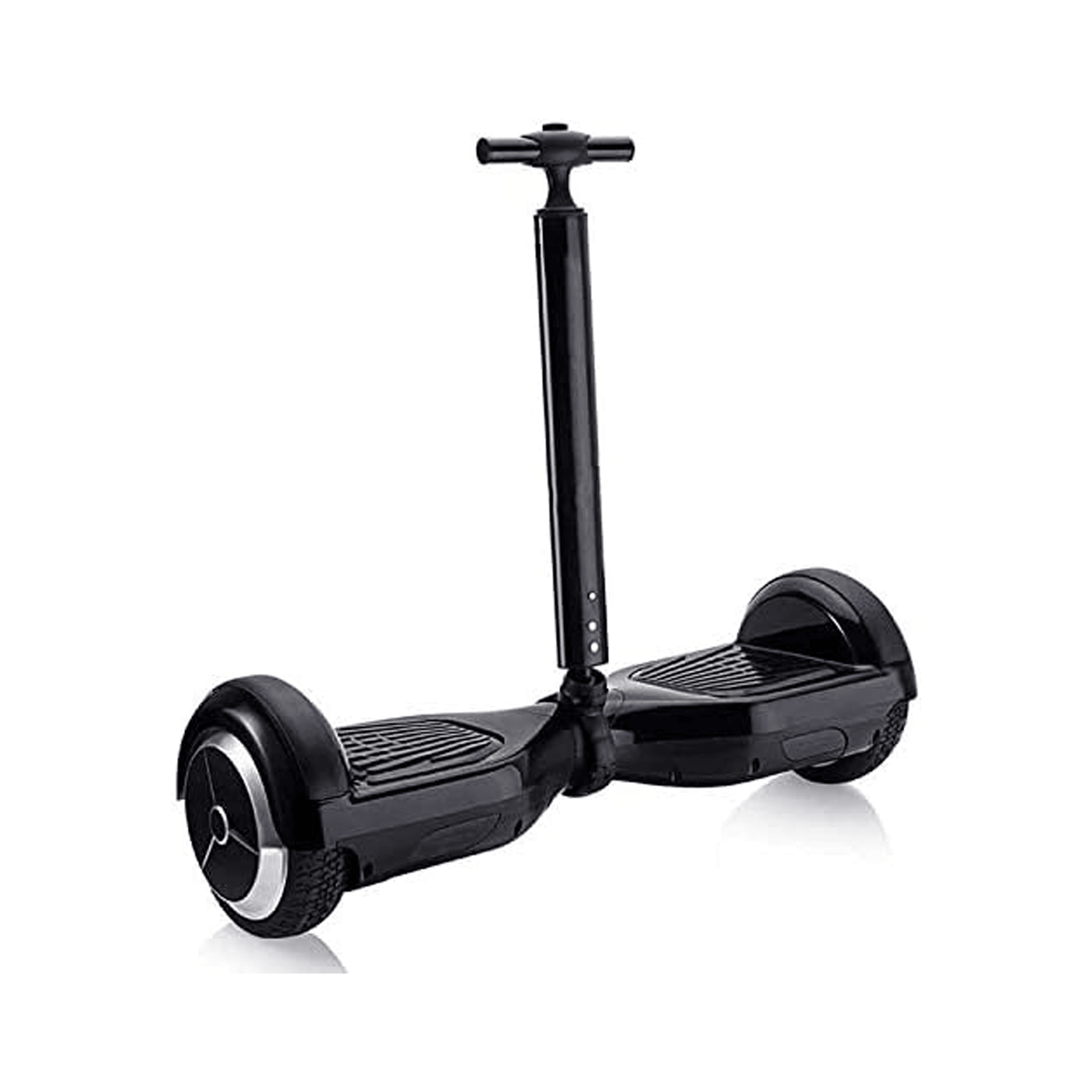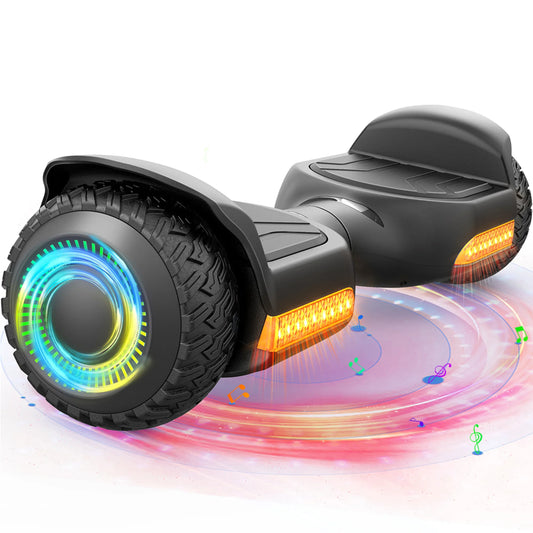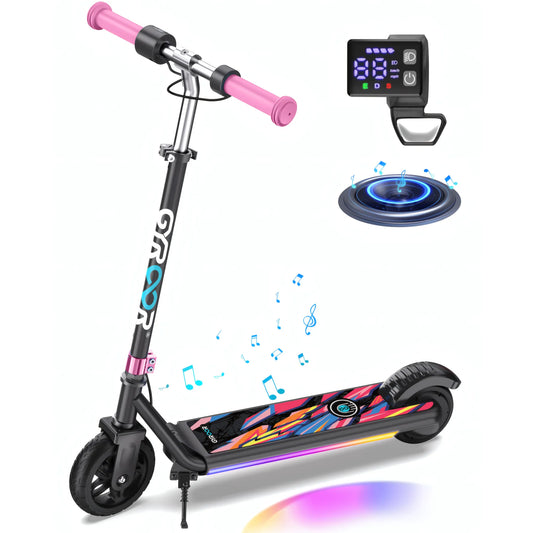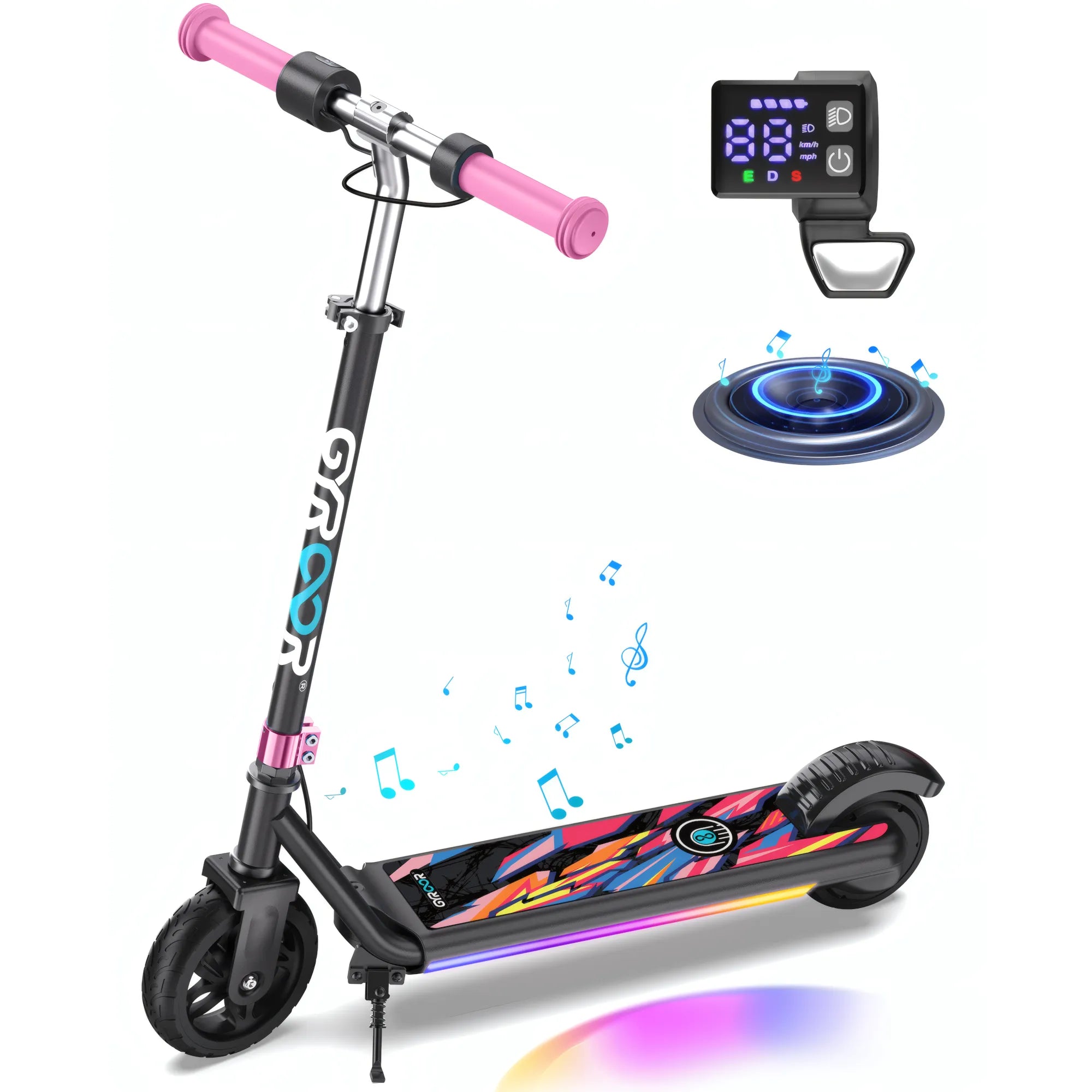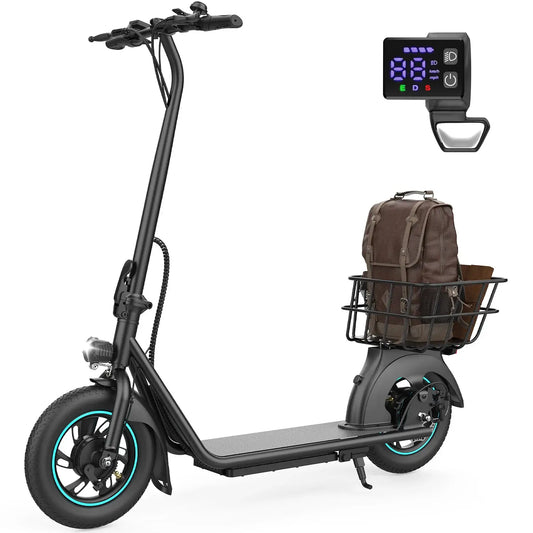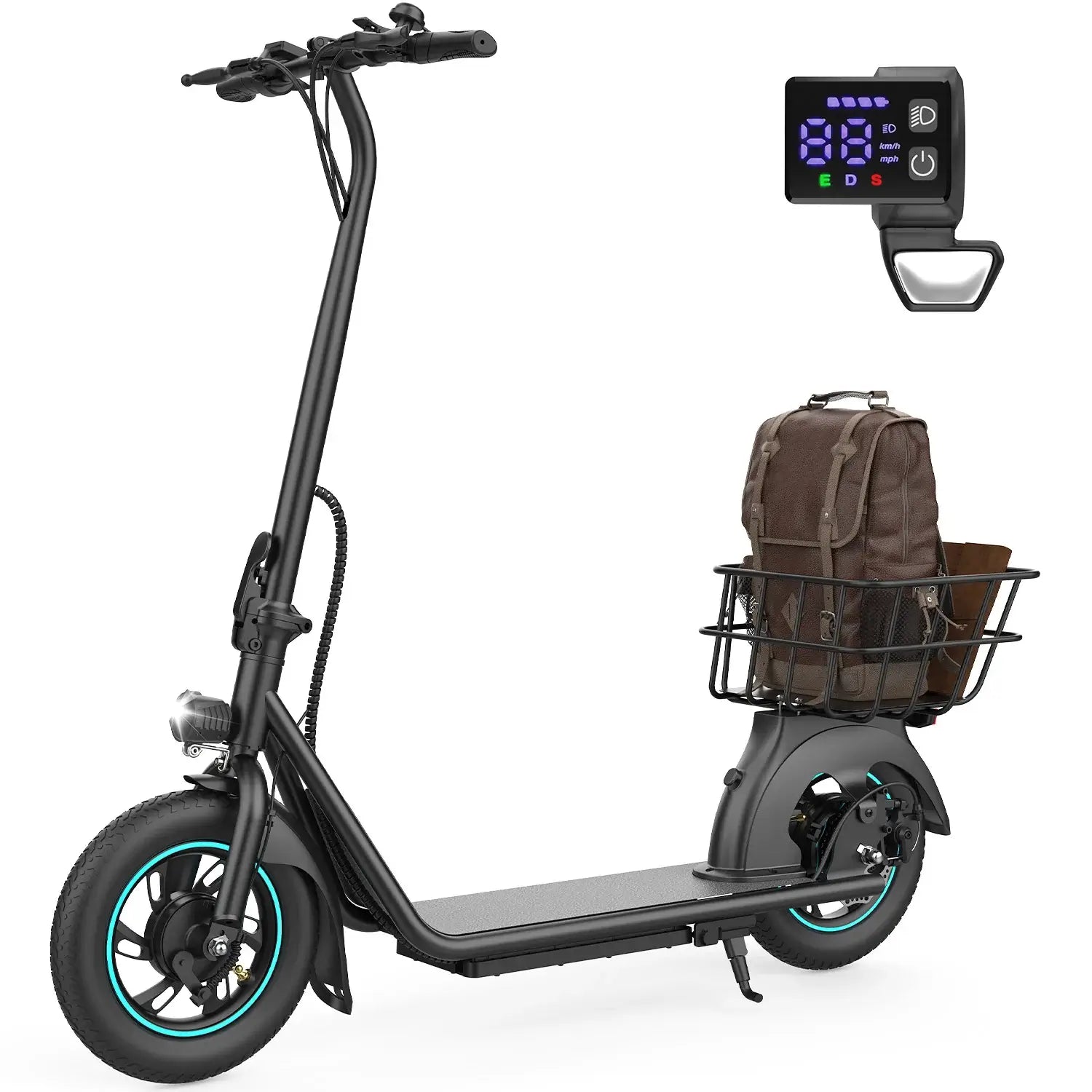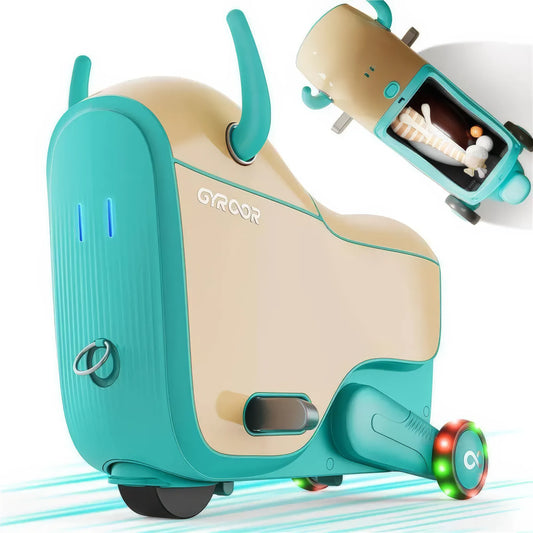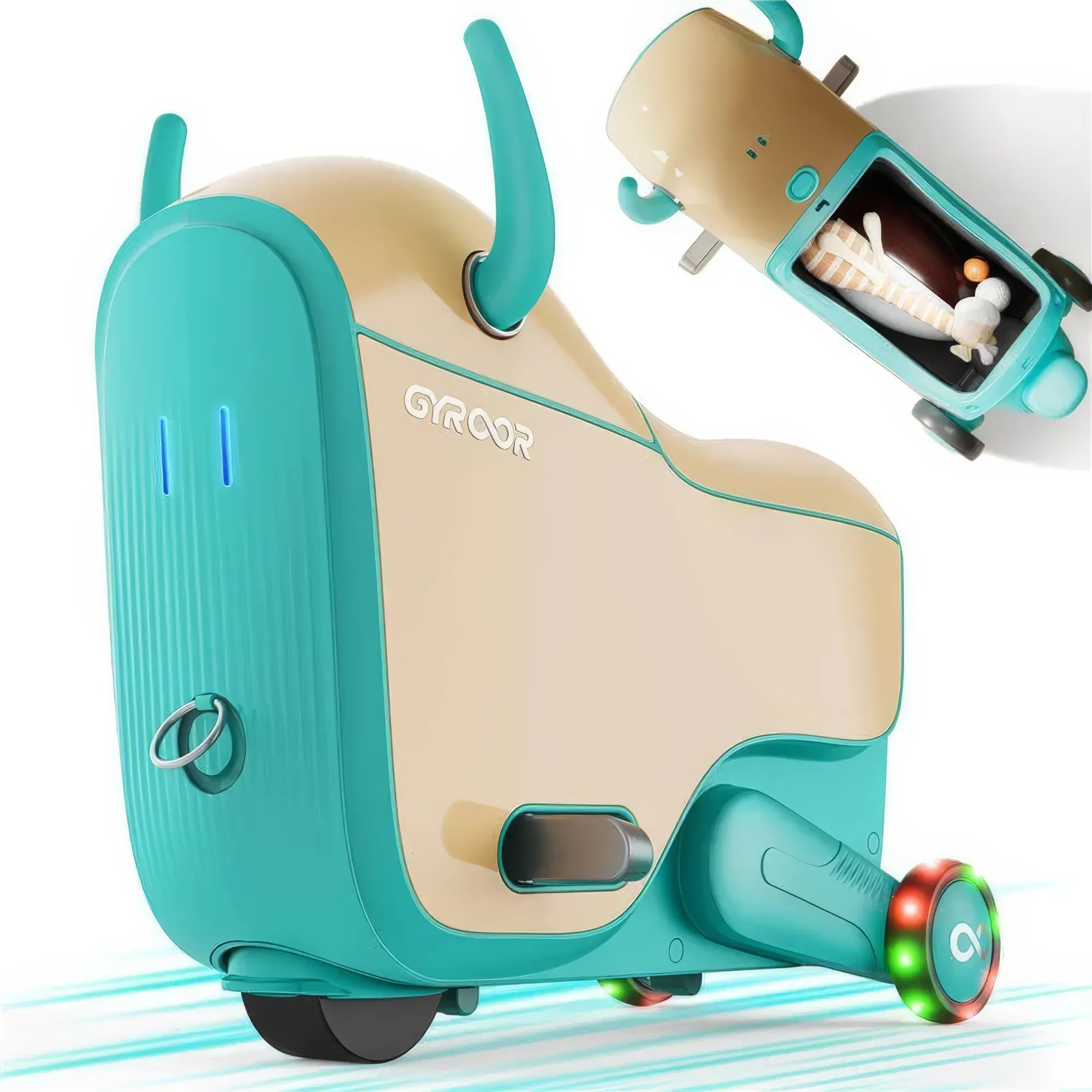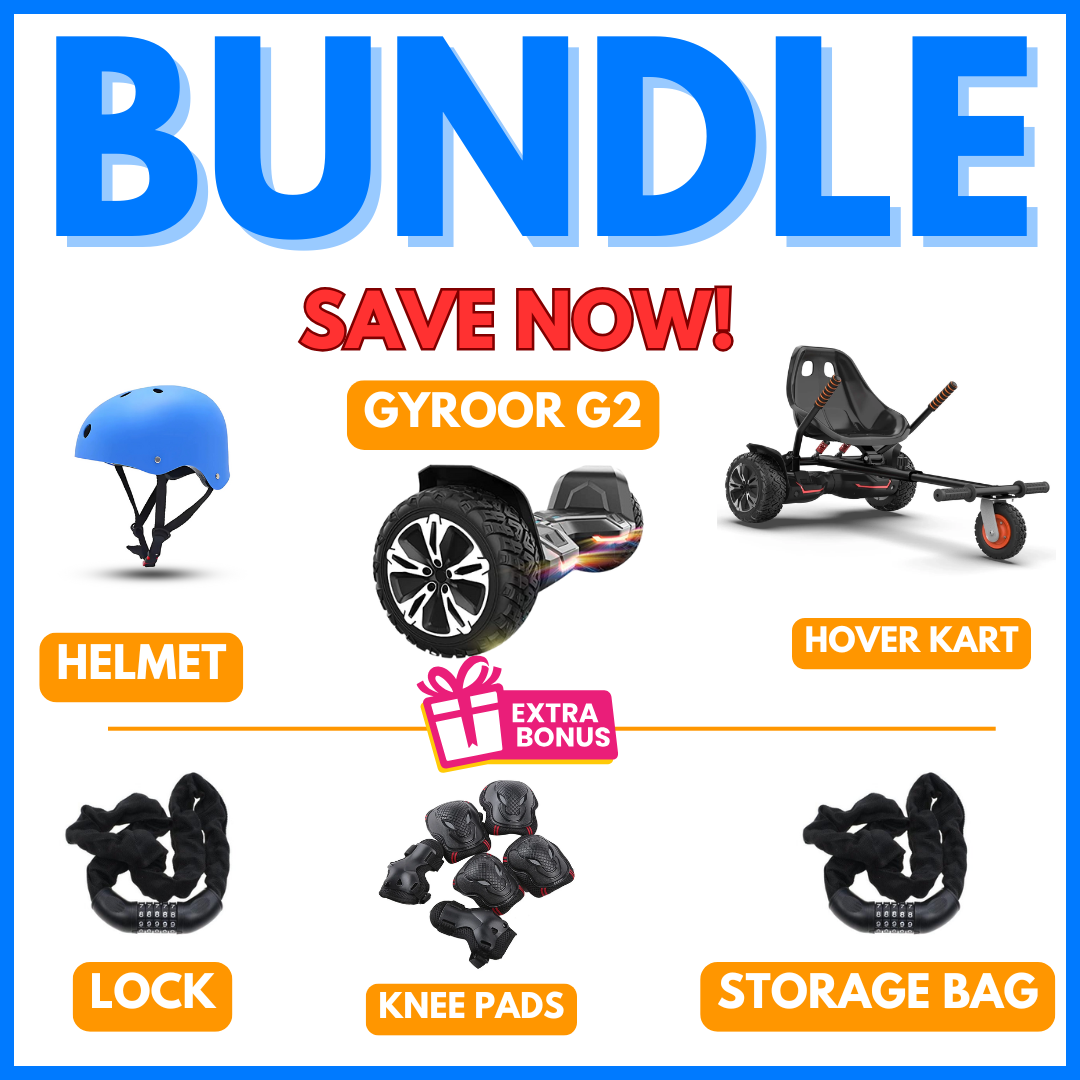Hoverboards have become increasingly popular in recent years, offering a fun and convenient way to get around. However, with their growing popularity, it's crucial to prioritize safety when using these personal mobility devices. Whether you're a seasoned hoverboard enthusiast or a newcomer to the world of electric scooters, understanding the do's and don'ts of hoverboard safety can help ensure a safe and enjoyable experience.
The Importance of Hoverboard Safety
Hoverboards, also known as self-balancing scooters, have captured the imagination of people of all ages. These small, electric devices let users move easily over different surfaces. They are popular for commuting, leisure, and fun activities. With hoverboards being more accessible and popular, it's important to understand the risks of using them. We should take steps to reduce these risks.
Hoverboard safety is not only crucial for the individual user but also for the broader community. Improper use or lack of safety measures can lead to accidents, injuries, and even property damage. By following a set of well-established safety guidelines, hoverboard enthusiasts can enjoy the thrill of riding while minimizing the risks and ensuring a positive experience for themselves and those around them.
Top 5 Hoverboard Safety Do's
1. Wear Proper Protective Gear
One of the most important safety measures when using a hoverboard is to wear the appropriate protective gear. This includes a helmet, elbow pads, knee pads, and wrist guards. These items can help cushion the impact in the event of a fall or collision, reducing the risk of serious injuries.
2. Check the Hoverboard Before Each Use
Before stepping onto your hoverboard, it's crucial to perform a thorough inspection. Check the tires for wear or damage. Make sure the battery is fully charged. Test the brakes and other safety features to ensure they work correctly. Taking the time to inspect your hoverboard can help identify and address any potential issues before they become a problem.
3. Practice in a Safe Environment
When first learning to use a hoverboard, it's essential to practice in a safe, open, and obstacle-free environment. This could be a private driveway, a quiet park, or a designated hoverboard practice area. Practicing in a controlled setting allows you to become comfortable with the device, learn how to maintain balance, and develop the necessary skills before venturing out into more crowded or challenging areas.
4. Follow Manufacturer's Guidelines
Each hoverboard model may have specific safety guidelines and recommendations from the manufacturer. It is important to read and follow these instructions carefully. They provide valuable information on weight limits, speed limits, and other safety tips. Following the manufacturer's guidelines can help you use the hoverboard safely. This reduces the chance of accidents or problems.
5. Maintain Proper Posture and Balance
Proper posture and balance are crucial when riding a hoverboard. Keep your knees slightly bent, your back straight, and your weight evenly distributed between your feet. Avoid sudden movements or jerky actions, as these can cause you to lose control of the hoverboard. Instead, practice smooth, gradual movements to maintain stability and control.
Top 5 Hoverboard Safety Don'ts
1. Don't Use on Uneven or Wet Surfaces
Hoverboards are designed to operate on flat, dry surfaces. Riding on uneven terrain, such as gravel, grass, or loose pavement, can increase the risk of losing control and falling. Similarly, using a hoverboard on wet surfaces, like puddles or rain-soaked areas, can lead to slipping and potential accidents. It's best to avoid these types of surfaces to maintain stability and control.
2. Don't Exceed Weight Limits
Each hoverboard has a specific weight limit, which is determined by the manufacturer based on the device's design and safety considerations. Exceeding the weight limit can compromise the hoverboard's stability and performance, potentially leading to malfunctions or even dangerous situations. Always check the weight limit and ensure that you and any passengers are within the recommended range.
3. Don't Ride in Traffic or Crowded Areas
Self-balancing hoverboards are not designed for use in high-traffic or crowded areas, such as busy streets, sidewalks, or shopping malls. These places have a higher chance of accidents with people, cars, or other things. This can lead to serious injuries. It's best to avoid these areas and instead use your hoverboard in designated, low-traffic zones.
4. Don't Modify the Hoverboard
Attempting to modify or tamper with the hoverboard's internal components can be extremely dangerous. Any unauthorized changes or repairs should be left to the professionals. Modifying the hoverboard can compromise its safety features, leading to potential malfunctions, loss of control, or even fire hazards. It's crucial to maintain the hoverboard in its original, factory-approved condition to ensure safe operation.
5. Don't Ignore Warning Signs or Unusual Behavior
If your hoverboard shows any strange behavior, like sudden stops or warning lights, stop using it right away. Have a qualified technician check it. Ignoring these warning signs can lead to serious accidents and injuries. Prioritize safety by addressing any issues or concerns promptly to ensure a safe and
Additional Safety Considerations for Gyroor Hoverboards and Hover Karts
Gyroor, a leading manufacturer of Australian hoverboards and electric scooters, offers a range of high quality products that cater to various user needs and offer a smooth ride, wth optional bluetooth speaker. When using a Gyroor hoverboard or their innovative hover kart attachments, it's important to consider the following additional safety tips:
- Familiarize yourself with the specific features and safety mechanisms of Gyroor hoverboards, as they may differ from other brands.
- When using a Gyroor hover kart, ensure that the attachment is properly secured and that you maintain a stable and balanced riding position.
- Follow the manufacturer's guidelines for weight limits and recommended usage when using Gyroor hoverboards or hover karts.
- Regularly inspect and maintain your Gyroor equipment to ensure optimal performance and safety.
By incorporating these additional safety considerations into your on-road or offroad hoverboard and hover kart usage, you can further enhance your overall riding experience and minimize the risks associated with these exciting personal mobility devices.
Conclusion
Hoverboards are a popular and easy way to get around. However, using them safely needs a responsible and careful approach. By following the top 5 hoverboard safety tips in this blog post, you can enjoy riding. You will also keep yourself and others safe.
Remember, proper protective gear/hoverboard accessories, pre-ride inspections, and practicing in safe environments are essential. Additionally, adhering to manufacturer guidelines, maintaining proper posture and balance, and avoiding risky situations can help ensure a safe and enjoyable hoverboard experience.
By using these safety tips with your hoverboard, you can explore confidently. You will know you have taken steps to protect yourself and others. Happy and safe hoverboarding!




